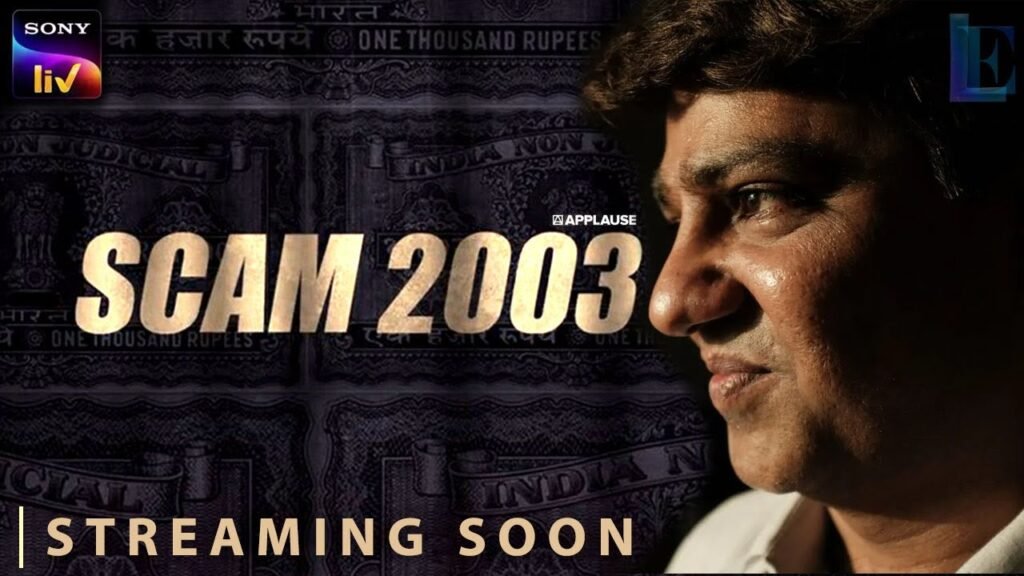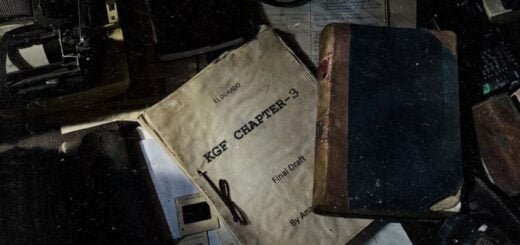Scam 2003: The true story of India’s biggest stamp paper counterfeiting scandal


Scam 2003 True Story
Introduction
In 2003, India faced a massive problem. There was a huge scam involving fake stamps that cost the government a whopping Rs. 30,000 crore (US$4 billion). The person behind this scam was Abdul Karim Telgi, a small-time businessman from Karnataka.
Who was Abdul Karim Telgi? MasterMind of Scam 2003
Abdul Karim Telgi was born in Khanapur, Karnataka, in 1952. He started his career by selling fruits on trains. But in the early 1980s, he moved to Mumbai and began selling fake documents and passports to people who were moving to other countries.
How did the scam 2003 work?
Around the late 1990s, Telgi came up with a scheme to create fake stamp paper. He set up a secret printing press in Pune and started making fake stamps that looked just like the real ones. He then had a network of people across the country who sold these fake stamps to government offices and banks.
The fake stamps were so well-made that it was almost impossible to tell them apart from the real ones. Because of this, Telgi could sell them for a lot of money and make a huge profit.
How did they catch him?
The scam came to light when an employee at a bank in Pune noticed that some of the stamps they had received were fake. They called the police, and in 2001, Telgi was arrested.
What happened as a result of the scam?
The Scam 2003 was a big problem for the Indian government. It made people doubt the government’s honesty. It also showed that there needed to be better rules for making and giving out stamps.
Telgi was put on trial and found guilty of fraud and forgery. He was sentenced to 70 years in jail, but he died in 2017 while still in jail.
Frequently Asked Questions
Q: How did Telgi make such good fake stamps?
A: Telgi used the best equipment and skilled people to make his fake stamps. They looked just like the real ones.
Q: How much money did the Indian government lose in the Scam 2003?
A: The government lost about Rs. 30,000 crore (US$4 billion) because of this scam. It was a huge loss.
Q: Did they change the rules after the scam was found out?
A: Yes, the government made stricter rules for making and giving out stamps to make sure this doesn’t happen again.
Q: How did Telgi get caught?
A: A bank worker in Pune saw some fake stamps, and that’s when the police got involved and arrested Telgi in 2001.
Q: What happened to Telgi after he was found guilty?
A: Telgi was sent to jail for 70 years, but he died in 2017 while still in jail.
Q: What can we learn from the Scam 2003?
A: The scam reminds us that corruption can happen anywhere, even in a country with strong rules. We need to be watchful and report any suspicious things to the police.
Conclusion
The Scam 2003, led by Abdul Karim Telgi, is a cautionary tale of how deception can hurt a nation. It not only cost the Indian government a fortune but also highlighted the importance of having strict rules to protect important documents and institutions from fraud.









